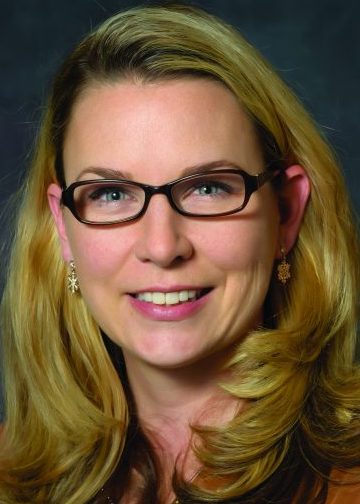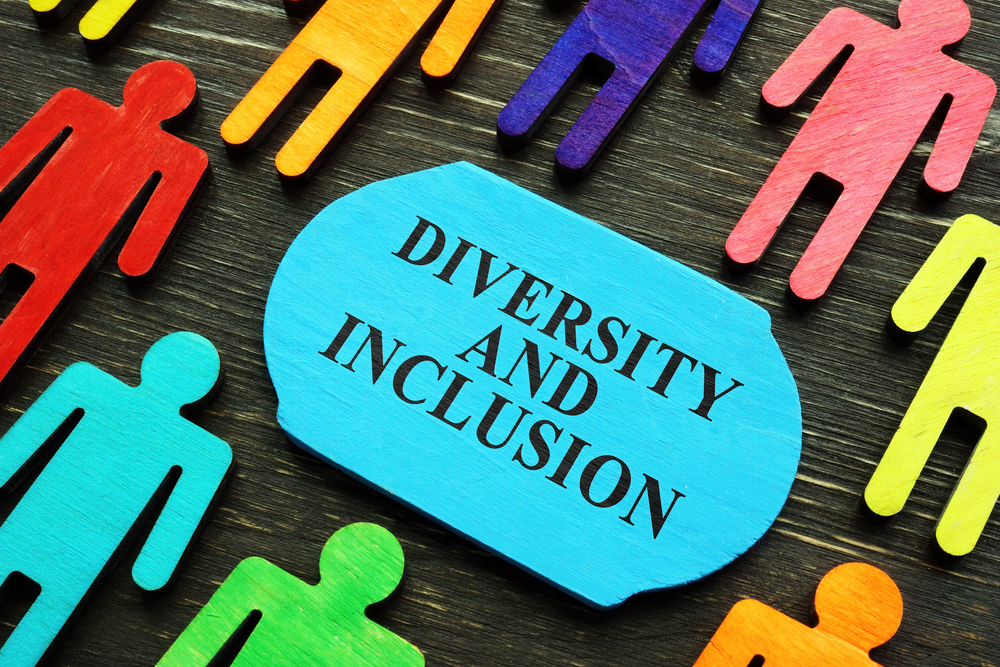Diversity, inclusion pave the way to a healthier nation


How extraordinary it would be if the Commission’s already notable efforts could end racism in nursing. However, such a monumental change belongs to the entire profession—and to each nurse individually.
The Commission’s work strikes at the heart of ANA’s vision—a healthy world through the power of nursing. Our profession’s and society’s struggles over the past 3 years have demonstrated clearly the heavy lift we face in achieving this vision. The pandemic has painted a disturbing portrait of who disproportionately contracted, grew sicker from, and died of COVID-19, as well as who was most affected financially. We don’t need more information to understand the lack of racial equity in the United States.
Diversity, equity, and inclusion
Confronting racism in health care
And yet we do.


The Commission has validated that nurses of color are swimming against a strong current of systemic racist policies, procedures, and cultural norms as well as racist acts by and attitudes of colleagues. Moreover, the Commission’s efforts have underscored that some White nurses don’t fully accept that we all have biases, don’t recognize their own racist actions or those of others, and don’t appreciate the racist systems and structures in which we practice.
The Commission’s vital work in bringing these perspectives together and in helping us collectively see the challenge we face will enable us as a profession to turn the dial up on the nation’s health. Together, we can reshape nursing so that it better represents our patients and enables all nurses to thrive professionally, bringing their whole selves to patient care, research, teaching, and leadership. These future states in turn will facilitate improved care and health outcomes for our patients.
Getting there will be uncomfortable and inconvenient at times. White nurses may need to look deeply at our own actions and course-correct, as well as call out colleagues’ inappropriate behaviors. All nurses also need to support the professional progression of every nurse and consider with new eyes the policies and practices that contribute to exclusion and non-diversity.
I’m pleased that ANA’s immediate past president, Ernest J. Grant, PhD, RN, FAAN, will continue to represent ANA on the Commission as it implements a full slate of programming to address racism at the unit and organizational level.
While the Commission’s work advances, ANA will stay on its own journey of organizational reckoning with past harmful practices and policies and apologizing to, seeking reconciliation with, and asking forgiveness from nurses of color. Through this work, ANA aspires to create an avenue for healing of individual nurses and our profession. An important component of this will be supporting nurses of color in serving on the governance and volunteer bodies of ANA and our constituent and state nurses associations.
Consequently, I ask all ANA members to reach out to their colleagues about these opportunities (bit.ly/3WbafT8). I’ve personally benefited when an ally has suggested that I’d be well-suited for a role. ANA and nursing stand only to gain when we encourage diverse participation in our professional affairs. If we just consider individuals who look like ourselves and have similar backgrounds, we’re missing the fuller perspective needed to actualize a healthy world through the power of nursing.


Jennifer Mensik Kennedy,
PhD, MBA, RN, NEA-BC, FAAN, President,
American Nurses Association
American Nurse Journal. 2023; 18(2). Doi: 10.51256/ANJ022320;



















